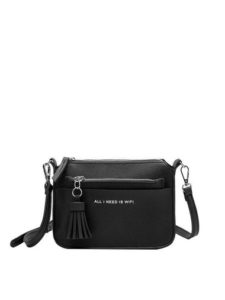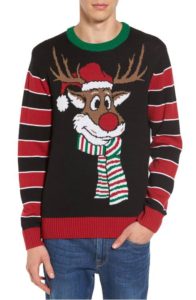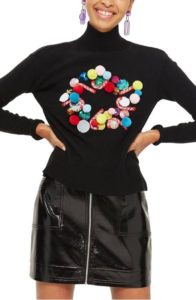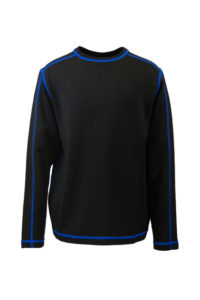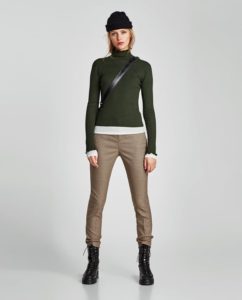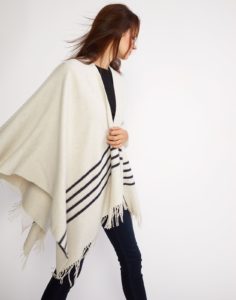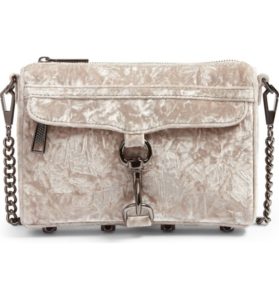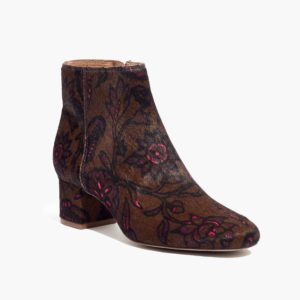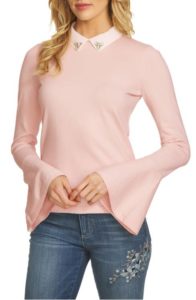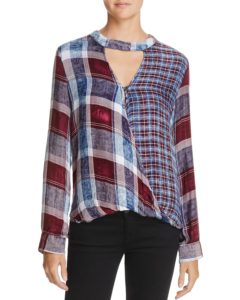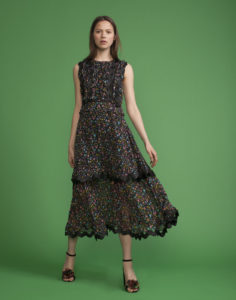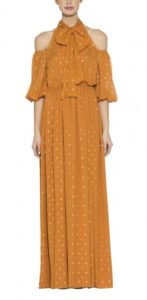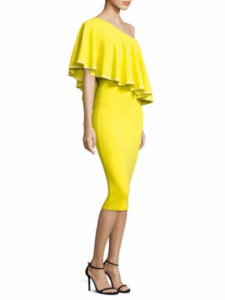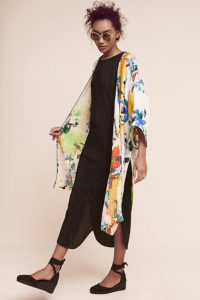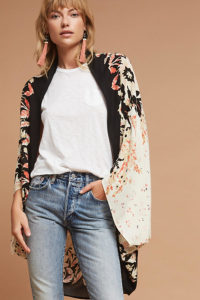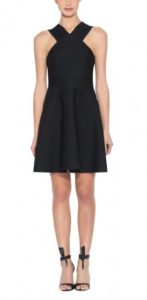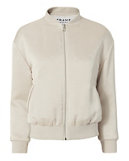Sustainable clothing: What is it, and should we care? Can I make an impact?
I ask myself this as I scroll through my e-mails from Athleta and Patagonia. What these companies do that’s different, is that they get us consumers to think about our relationship with clothing, and the contrast between fast fashion and purchasing with sustainability in mind; Which at times, seems like an oxymoron.
Sustainable clothing refers to fabrics derived from eco-friendly resources, such as sustainably grown fiber crops or recycled materials. It also refers to how these fabrics are made.
Sustainable fashion is a “trend” that encourages environmental awareness around the production of clothing to lessen those impacts on the environment. This includes the use of pesticides in growing cotton, the dyes used for various colors, water and waste treatment, and sometimes even packaging. More and more companies are making a commitment to offering sustainable fabrics within their lines of clothing.
The average US citizen throws away 70 pounds of clothing each year. The production of new textiles does have an environmental cost. Reusing and recycling can be part of the answer. Many closets have usable, but no longer wanted clothing. This unwanted apparel could be put back into circulation again by donating, consigning, passing to a friend, or to “Dress for Success”, an organization that provides professional attire for women getting into the workforce. https://twincities.dressforsuccess.org/
These are ways to help with the social sustainability question of what to do with items that are no longer useful to you, and to dispose of them in an ethical way.
Patagonia will repair any worn clothing, to keep you in your well-loved jackets and vests longer. The “worn wear’” team can fix about 40 garments a day. Last year they had a truck that toured the country hitting college campuses and engaging students in learning how to fix their own clothing.
Fair trade guarantees that the products produced in certain factories take into consideration the well-being of the employees along with the environmental conditions. Companies that commit to these fair trade standards pay a premium to the workers and the workers themselves get to decide how the extra monies are spent. Every worker gets a vote. Some decide to build daycare centers within the factories, set-up scholarship funds or evenly distribute profits to the workers themselves.
There are 40 million workers globally that work in the garment industry. It’s a very small percentage of garment producers that are certified fair trade factories. But companies promoting more environmentally, socially, and ethically conscious production and consumption are starting to get attention. One of the companies that are working on changing that is Patagonia. In 2014 Patagonia had only 11 certified fair trade styles to offer its customers, and in 2017 they had over 300 certified fair trade products.
Some would say that sustainability and fashion are not compatible considering the fashion industry is known for its churning out “mountains” of the latest trends. The great thing is we all get to make our own decisions. So, take a little time to treasure what you already own and pass on what no longer serves you!
To answer my own question; yes, we can be more mindful about how we approach fashion and sustainability. I think awareness is the first step, and change is good even for fashionistas.
On that note – check out these cute vegan handbags by Matt & Nat the company name stands for MAT(t)erial + NATure each lining is made from recycled plastic bags.

